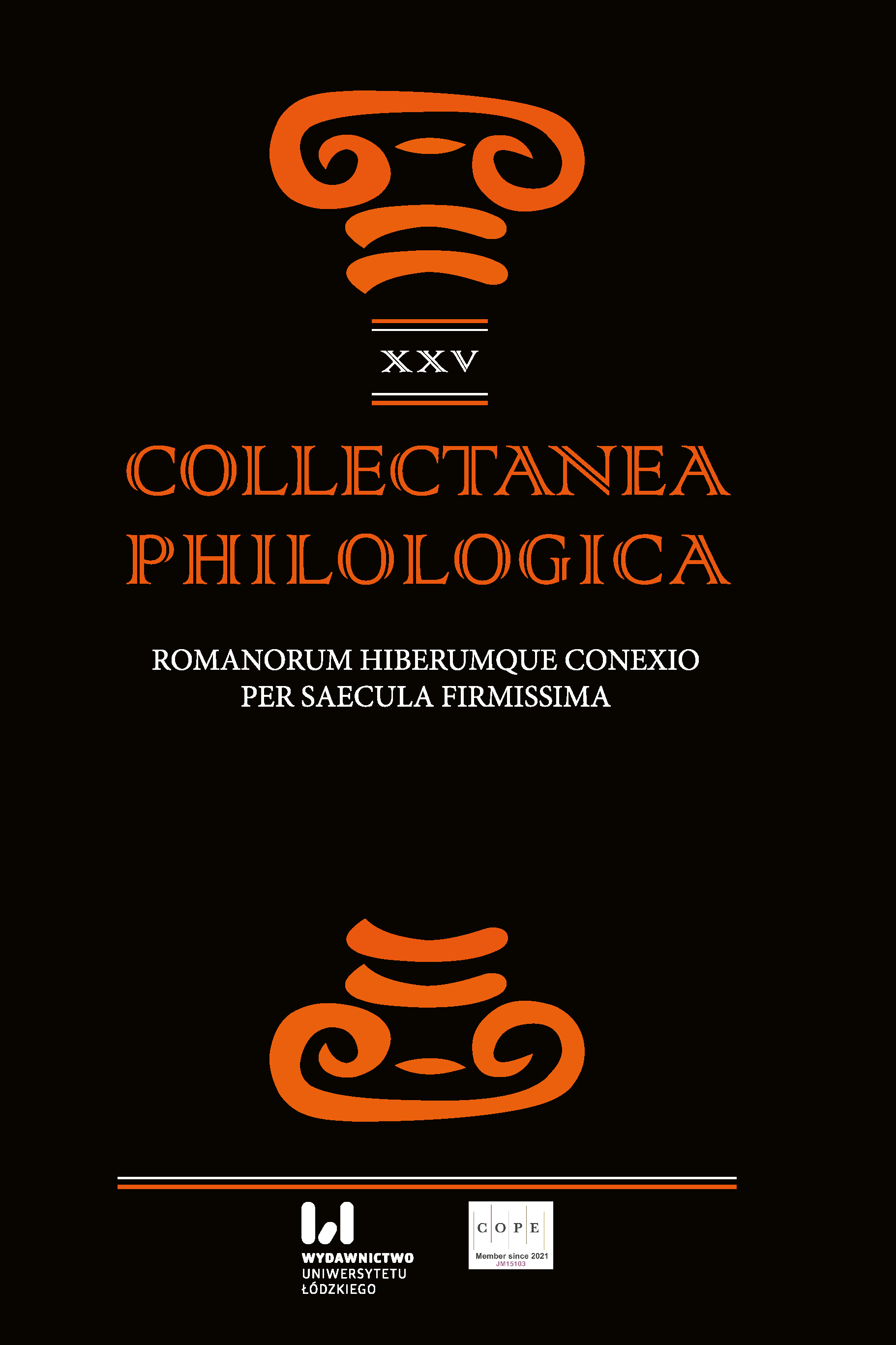Becoming Roman? Two-Sided Stelae in Lucus Augusti and its Hinterland
Becoming Roman? Two-Sided Stelae in Lucus Augusti and its Hinterland
Author(s): Natalia Gómez GarcíaSubject(s): History, Ancient World
Published by: Wydawnictwo Uniwersytetu Łódzkiego
Keywords: Roman funerary monument; two-sided stelae; Lucus Augusti; identity; togatus
Summary/Abstract: In this article we analyze the two-sided stelae of Lucus Augusti and its hinterland, unique pieces throughout the Roman Empire, with the aim of compiling the information we have about them and analyzing them from the perspective of postcolonial romanization theories. To this end, Bourdieuʼs theory of habitus is fundamentally used, understanding habitus as a generator of principles of social behavior. The use of the toga in the representations of these stelae and their link with Roman citizenship are key to understanding who commissioned these funerary monuments, as well as the correct interpretation of the themes on the reverse provide us with new data. The analysis of the granite blocks allows us to know that they were not large stelae or with an epigraphic text that is now lost, but that it was a conscious choice which they did not have text rather images on both sides. The two-sided stelae are the reflection of a local custom, that is, part of a new hybrid culture: the provincial Galician-Roman culture.*This article was supported by a PhD fellowship from the Spanish Ministry of Universities called “Ayudas para la Formación de Profesorado Universitario” (FPU19/00148). This research was conducted within the framework of the R+D+i project “Nuevas bases documentales para el estudio histórico de la Hispania romana de época republicana: ciudadanía romana y latinidad (90 a.C. – 45 a.C.)” (PID2019-105940GB-I00) (4 years).
Journal: Collectanea Philologica
- Issue Year: XXV/2022
- Issue No: 1
- Page Range: 215-236
- Page Count: 22
- Language: English

